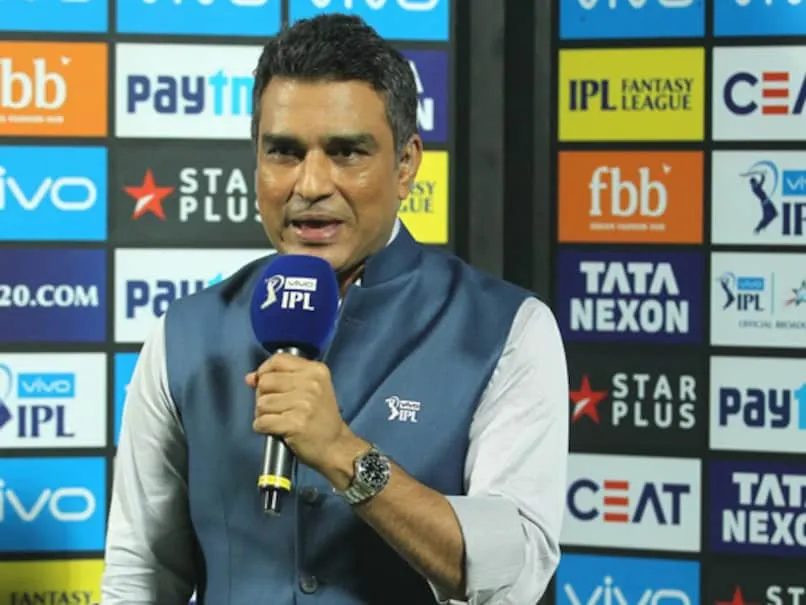
Sanjay Manjrekar has reignited a selection debate within Indian cricket by questioning the team management’s decision to back Karun Nair at the pivotal No. 3 position in the ongoing Test series against England. The former Indian batter and commentator stated that rising star Sai Sudharsan, who was given a brief chance earlier in the series, should have retained his place in the playing XI.
Manjrekar’s comments come at a critical juncture, as India trails 1–2 in the five-match series and prepares for the fourth Test in Manchester. He argued that Sudharsan, despite modest returns in his debut game, had shown composure and potential. In particular, his second-innings knock of 30 was cited as a glimpse of his ability to anchor the top order—a skill India has been missing with inconsistent contributions from its top three.
Karun Nair, brought into the side as an experienced middle-order batter, was promoted to No. 3 ahead of Sudharsan after the Lord’s Test. However, his form has been underwhelming, managing only 131 runs in six innings, with no half-centuries. Manjrekar was blunt in his assessment, stating that picking Nair at that spot was a strategic misstep. He suggested that team management might have been trying to justify an earlier selection decision, even in the face of poor results.
Sudharsan, on the other hand, has enjoyed a strong domestic and IPL run. At just 23, he brings both freshness and adaptability, having performed in varied conditions across formats. His ability to play long innings and handle pressure has been widely noted by coaches and analysts alike. Manjrekar emphasized that nurturing such talent is essential, especially when Indian cricket is undergoing a generational shift in the Test arena.
The heart of the issue lies in the balance between experience and form. While Nair has past credentials—including a triple century in Test cricket—his current output hasn’t justified a prolonged stay in the XI. With the series on the line and England’s bowlers exploiting every technical weakness, India’s decision to persist with an out-of-form player has attracted criticism.
There’s also a broader concern about selection transparency and communication. Fans and former players have increasingly called for clarity in how young players like Sudharsan are evaluated. Being dropped after one match, despite showing promise, sends the wrong message about merit and opportunity.
With the Manchester Test approaching, all eyes are on the Indian think tank. Will they continue with Karun Nair, banking on experience to click under pressure, or will they revert to Sudharsan, investing in the long-term prospect with immediate potential?
The answer may not just impact the outcome of the series but also signal India’s direction in Test cricket—whether it leans on legacy or builds forward with youth. Manjrekar’s public stance has added a fresh layer of scrutiny to a decision that could shape both careers and contests.

